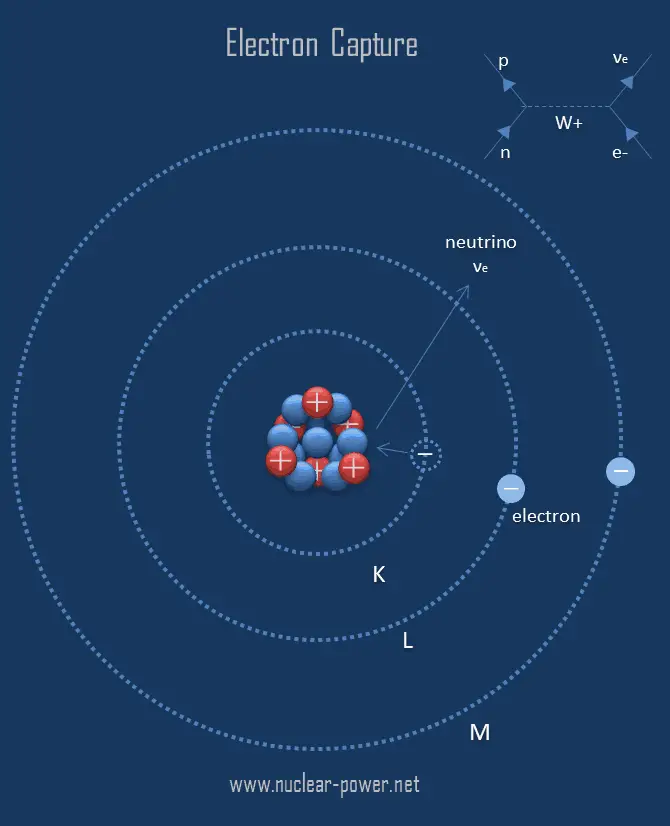

“Then we examined every aspect of SN 2018zd and realized that all of them can be explained in the electron-capture scenario.” “We started by asking ‘what’s this weirdo?’” Hiramatsu said. The authors looked through all published data on supernovae, and found that while some had a few of the indicators predicted for electron-capture supernovae, only SN 2018zd had all six: an apparent SAGB progenitor, strong pre-supernova mass loss, an unusual stellar chemical composition, a weak explosion, little radioactivity and a neutron-rich core. The observations were consistent with another recently identified SAGB star in the Milky Way, but inconsistent with models of red supergiants, the progenitors of normal iron core-collapse supernovae. This allowed the team to examine archival images taken by the Hubble Space Telescope prior to the explosion and to detect the likely progenitor star before it exploded. It helped that the supernova was relatively nearby - only 31 million light-years away - in the galaxy NGC 2146. The team found that the supernova SN 2018zd had many unusual characteristics, some of which were seen for the first time in a supernova. Hiramatsu is a core member of the Global Supernova Project, a worldwide team of scientists using dozens of telescopes around and above the globe. The new study is led by Daichi Hiramatsu, a graduate student at UC Santa Barbara and Las Cumbres Observatory (LCO). When the core becomes dense enough, neon and magnesium start to eat up electrons, reducing the core pressure and inducing a core-collapse supernova explosion. This is the end state of stars around 8-10 solar masses, whose core is pressure supported by electrons. Then the electron-capture supernova should be weak, have little radioactive fallout, and have neutron-rich elements in the core.Īrtist impressions of a super-asymptotic giant branch star and its core made up of oxygen, neon and magnesium. The stars should have a lot of mass, lose much of it before exploding, and this mass near the dying star should be of an unusual chemical composition. Over the decades, theorists have formulated predictions of what to look for in an electron-capture supernova and their SAGB star progenitors. That’s the theory that was formulated beginning in 1980 by Ken’ichi Nomoto of the University of Tokyo and others. So it is a kind of reverse Goldilocks situation: The star isn’t light enough to escape its core collapsing, nor is it heavy enough to prolong its life and die later via different means. If the star had been slightly heavier, the core elements could have fused to create heavier elements, prolonging its life. This removal of electrons causes the core of the star to buckle under its own weight and collapse, resulting in an electron-capture supernova. In an electron capture supernova, some of the electrons in the oxygen-neon-magnesium core get smashed into their atomic nuclei in a process called electron capture. While gravity is always trying to crush a star, what keeps most stars from collapsing is either ongoing fusion or, in cores where fusion has stopped, the fact that you can’t pack the atoms any tighter. These stars stop fusion when their cores are made of oxygen, neon and magnesium they aren’t massive enough to create iron. Between these two main types of supernovae are electron-capture supernovae. An iron core-collapse supernova occurs when a massive star - one more than about 10 times the mass of the sun - runs out of nuclear fuel and its iron core collapses, creating a black hole or neutron star. These white dwarfs are the dense cores of ash that remain after a low-mass star (one up to about 8 times the mass of the sun) reaches the end of its life. A thermonuclear supernova is the explosion of a white dwarf star after it gains matter in a binary star system. Historically, supernovae have fallen into two main types: thermonuclear and iron-core collapse. 1054 that was visible all over the world in the daytime, before eventually becoming the Crab Nebula. The discovery, published in Nature Astronomy, also sheds new light on the thousand-year mystery of the supernova from A.D.

They are thought to arise from the explosions of massive super-asymptotic giant branch (SAGB) stars, for which there has also been scant evidence. While they have been theorized for 40 years, real-world examples have been elusive. A worldwide team led by UC Santa Barbara scientists at Las Cumbres Observatory has discovered the first convincing evidence for a new type of stellar explosion - an electron-capture supernova.


 0 kommentar(er)
0 kommentar(er)
